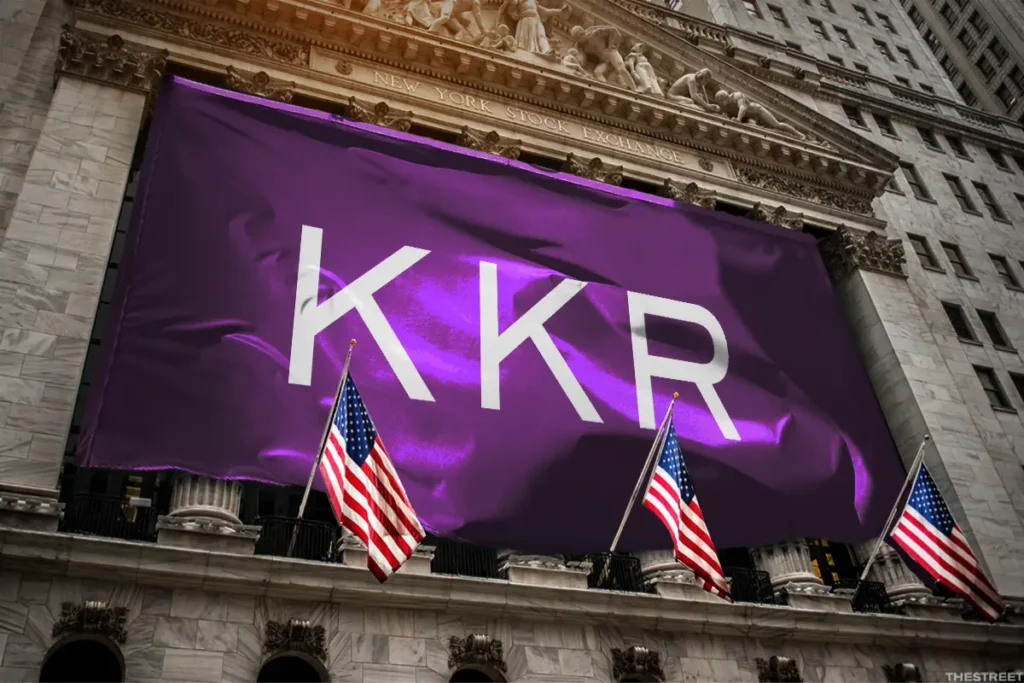Throughout 2022, private equity firms spent $3.1 billion on hydrogen-related companies across 37 deals, while venture capital firms invested $2.6 billion, in 192 startups.

Due to both the omnipresent pressure to tackle climate change and the volatility of oil since the Russia-Ukraine war, investment into hydrogen energy and firms has been booming.
How does hydrogen energy work?
A variety of colours are used to describe the different production methods for hydrogen. The main colours for hydrogen are green, blue, grey, brown, and pink. Currently, the largest colour is grey hydrogen at around 71% of total hydrogen production while most of the rest is brown hydrogen. Conversely, green hydrogen had the lowest production levels, at less than 0.04% of total hydrogen production in 2021.
Green hydrogen
Green hydrogen is made by using clean electricity from surplus renewable energy sources, such as solar or wind power, to electrolyse water. Electrolysers split water into its elements of hydrogen and oxygen, emitting zero-carbon dioxide in the process.
Blue hydrogen
Blue hydrogen is produced mainly from natural gas, using a process called steam reforming, which brings together natural gas and heated water in the form of steam. The output is hydrogen, but carbon dioxide is also produced as a by-product. This hydrogen is then trapped using carbon capture and storage.
Pink hydrogen
Pink hydrogen is generated through electrolysis, powered by nuclear energy.
Grey hydrogen
Grey hydrogen has, essentially, the same production process as blue hydrogen but just without the use of carbon capture and storage.
Brown hydrogen
Through the gasification of brown coal, brown hydrogen is the absolute opposite of green hydrogen in the hydrogen spectrum as they are the most environmentally damaging.
The three growing colours of hydrogen that are referred to as “low-carbon hydrogen” are green, blue, and pink hydrogen. These hydrogen colours are expected to significantly contribute to many countries’ goals of hitting net-zero emissions by 2050. Green hydrogen has received a lot of traction due to its climate-neutral nature being a ‘holy grail for decarbonisation’. Blue hydrogen is an alternative solution for reducing grey hydrogen production as it reduces carbon emissions through carbon capture and storage. Pink hydrogen has also grown in popularity due to its efficiency and cost-cutting potential.
RELATED JP Morgan Expands LatAm Digital Banking Presence | Explained
The outlook for the hydrogen market
Globally – in 2021 – hydrogen demand reached 94 million tonnes, recovering to above pre-pandemic levels, and containing energy equal to around 2.5% of global final energy consumption. By outlook scenarios, the forecast of hydrogen demand as a share of total energy worldwide in 2050 ranges from between 12% and 22%. A report by management consulting firm Arthur D. Little estimates that the hydrogen market is set to reach $700 billion by 2050, with green hydrogen expected to take a dominant share. Although the hydrogen market is growing at an unprecedented pace, the extent of the progress made will predominantly come down to the sustainability of and support for these four driving factors:
2050 Net-Zero Emissions
The commitment by G7 to reach net zero emissions by 2050 will require a significant deployment of green hydrogen. The International Renewable Energy Agency reported that the consumption of hydrogen by G7 countries could grow between four and seven times by 2050.
Policy support for “low-carbon hydrogen”
There is growing policy support towards growing clean and low-carbon hydrogen technologies. In 2017, just one country (Japan) had a national hydrogen strategy. Today, more than 30 countries have developed or are preparing hydrogen strategies. For example, in 2018, the EU launched its Renewable Energy Directive (“RED II”) to encourage low-carbon fuels, by setting a 2030 target of at least 32% of Europe’s energy coming from renewable sources.
Cost of Hydrogen Infrastructure
Currently, there exist several concerns that are limiting the demand for hydrogen production and consumption. Firstly, renewable hydrogen is 2-3x more expensive to produce than fossil fuel equivalents. Secondly, hydrogen pipelines can be 10-50% more expensive and have limited existing infrastructure. Thirdly, the energy density of hydrogen is lower than natural gas, which reduces a pipeline’s ability to sufficiently service end-user energy demands. However, analysis by the International Energy Agency finds that the cost of producing hydrogen from renewable electricity could fall 30% by 2030, because of declining costs of renewables and the economies of scale from scaling up hydrogen production.
Potential as a Storage Medium
There is growing recognition of the potential of hydrogen as an energy storage medium. Hydrogen’s potential as an effective energy-storing medium can help to create a more balanced and reliable energy system, alongside other renewable energy sources like wind and solar.
Hydrogen is here to stay, and it is just a matter of time until this reliable and clean source of energy revolutionises the energy industry.
To get in contact with feedback on this article please email us at publishing@krugmaninsights.com




























Continue with Facebook Continue with Google